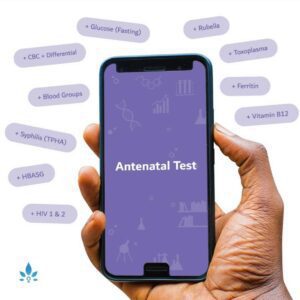How to Spot Appendicitis in Children


Many parents are surprised to hear that young children can suffer from appendicitis. The appendix is a small finger-like tube attached to the large intestine in the lower right side of the abdomen. If the opening to the appendix becomes blocked, the organ can be become inflamed and infected, causing appendicitis (“-itis” after a word means inflammation). Appendicitis can cause acute abdominal pain in children, but it can be tricky to diagnose, especially in younger children. Here are a few classic signs to look for:
- Pain that starts at the belly button and moves to the right, lower part of the stomach
- Fever
- Nausea and vomiting
- Diarrhea
- Loss of appetite
- Swollen stomach
Most children who have these symptoms do not have appendicitis. Also, young children do not always have the classic signs of appendicitis that an older child might have, so it’s important to see the pediatrician right away if you suspect something more than the common stomach bug. Your doctor will perform a physical exam, and if a careful exam of the belly is concerning, your child will be sent to the emergency room for further testing.
In the ER, your child will likely have blood work, which may reveal a high white blood cell count or other signs of inflammation. Depending on the hospital, your child may have an ultrasound of the appendix or a CT scan of the abdomen and pelvis to confirm the diagnosis.
If your child has appendicitis, a surgeon will remove the infected appendix, either by making a surgical incision or with the help of a small camera called a laparoscope that creates a smaller opening.
If the inflamed appendix is not surgically removed in time, the tube can rupture, spilling bacteria into the abdominal cavity. This condition, called peritonitis, is extremely dangerous and must be treated immediately. The ruptured appendix can also form an abscess that must be treated with several days of IV antibiotics, followed by surgery.
Although appendicitis is more common in older children and teenagers, the incidence of a ruptured appendix is highest in children under the age of 4. In fact, up to 80 percent of children in this age group have an appendix that bursts, which can be dangerous and even life threatening. That is why it is important to recognize the warning signs of appendicitis before it’s too late.
Sources:
- American Academy of Pediatrics
- Delayed Pediatric Appendicitis Treatment Linked to Complications.
Cleveland Clinic - Appendicitis in Children.
Powered by Bundoo®











































